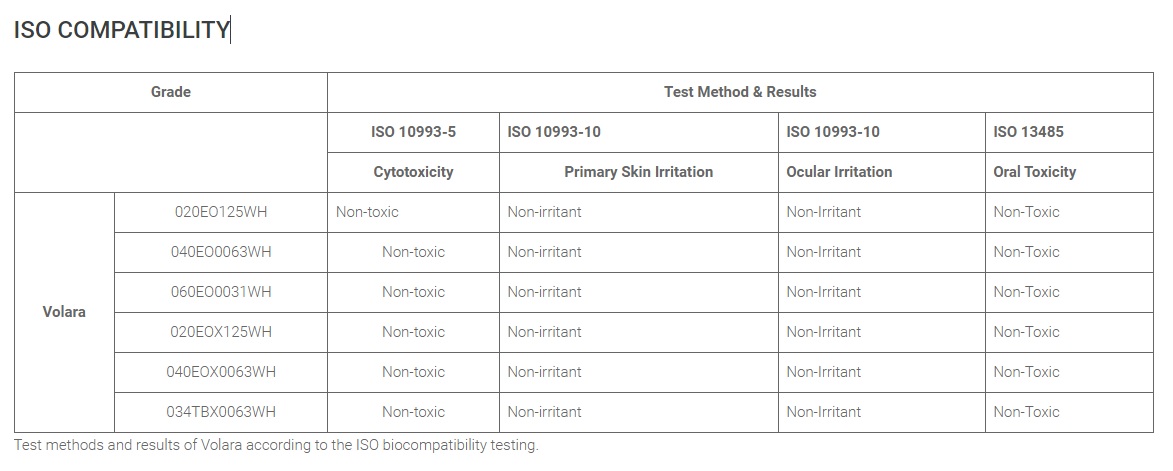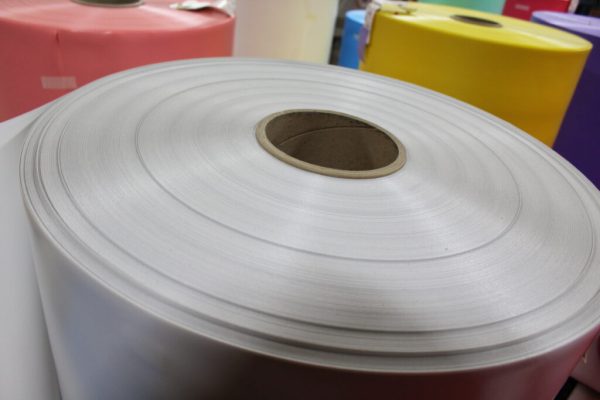Differences Between Irradiation and Chemically Cross-linked Foams
When it comes to foam materials, there are two methods of crosslinking: irradiation, or physically crosslinking, and chemically cross-linking. These methods have their own unique characteristics and result in foam with differing properties. In this blog, we will explore the differences between the two and discuss the benefits of using irradiation cross-linked foam, such as Volara®, versus chemically cross-linked foam.
WHAT IS CROSS-LINKING?
First, let’s understand what crosslinking means. Crosslinking is a process in which polymer chains are bonded together, forming a three-dimensional network. This network enhances the physical properties of the foam, such as increased strength, durability, and resistance to heat, chemicals, and aging.
Irradiation crosslinking is a process where foam is exposed to high-energy radiation, typically from electron beams or gamma rays. The energy from the radiation breaks the polymer chains, creating radicals that rapidly react with neighboring chains. These reactions form new chemical bonds, resulting in cross-linked foam.
Chemical crosslinking, on the other hand, involves adding a crosslinking agent or chemical compound to the foam during its production. This crosslinking agent reacts with the polymer chains, creating new bonds and forming a cross-linked structure.
Now, let’s discuss the differences between irradiation cross-linked foam and chemically cross-linked foam:
MANUFACTURING PROCESS
Irradiation crosslinking happens either post or mid-production and requires energy from an external source to create the chain scission to make the radical. Chemical cross-linking uses the internal chemical to create the chain scission. Many manufacturers do not have the capability to cross link their foams in-house and must send the materials off-site to complete this process. SEKISUI Voltek handles each step of our process in-house without the need to ship material outside of our building.
CONTROL OVER CROSS-LINKING
In irradiation cross-linked foam, one may adjust the degree of crosslinking through the radiation dosage and exposure time to change properties such as hardness and flexibility. In chemically cross-linked foam, one may adjust the concentration of the chemical crosslinking agent to change hardness and flexibility properties.
ENERGY CONSUMPTION
Since physically cross-linked foam uses high-energy radiation, renewable energy, such as solar power, is one way to help reduce energy consumption. Currently, SEKISUI Voltek purchases 25% renewable energy with a goal of 100% by the end of 2024. We continue to look for ways to reduce our carbon footprint and help create a more sustainable society.
PROPERTIES
Traditional irradiation cross-linked foams tend to be smoother with no outgassing, improved resistance to heat, chemicals, and aging due to the presence of highly-stable crosslinks. Chemically cross-linked foams offer some control over properties such as flexibility and hardness, however; there can be heavy outgassing due to the chemical additive. Some foams have higher VOCs due to their makeup, such as XL bun foam products. Some EVA grades have higher odor emission, but it’s important to note not all EVA foam is cross-linked.
SAFETY
Certain irradiation cross-linked grades are ideal for medical devices and other medical applications due to FDA approval for direct skin contact. A number of Voltek’s Volara grades show passing results according to ISO’s biocompatibility tests. Results below:

CONCLUSION
While both irradiation cross-linked and chemically cross-linked foams offer valuable properties, there are additional benefits to using an irradiation cross-linked foam. SEKISUI Voltek’s Volara® foam, tends to have a more uniform cell structure and smoother surface without the pungent smell common with chemically cross-linked materials.
To learn more about our physically cross-linked foams, give us a call at (833) 517-1627 or email us at prodinfo@sekisuivoltek.com







